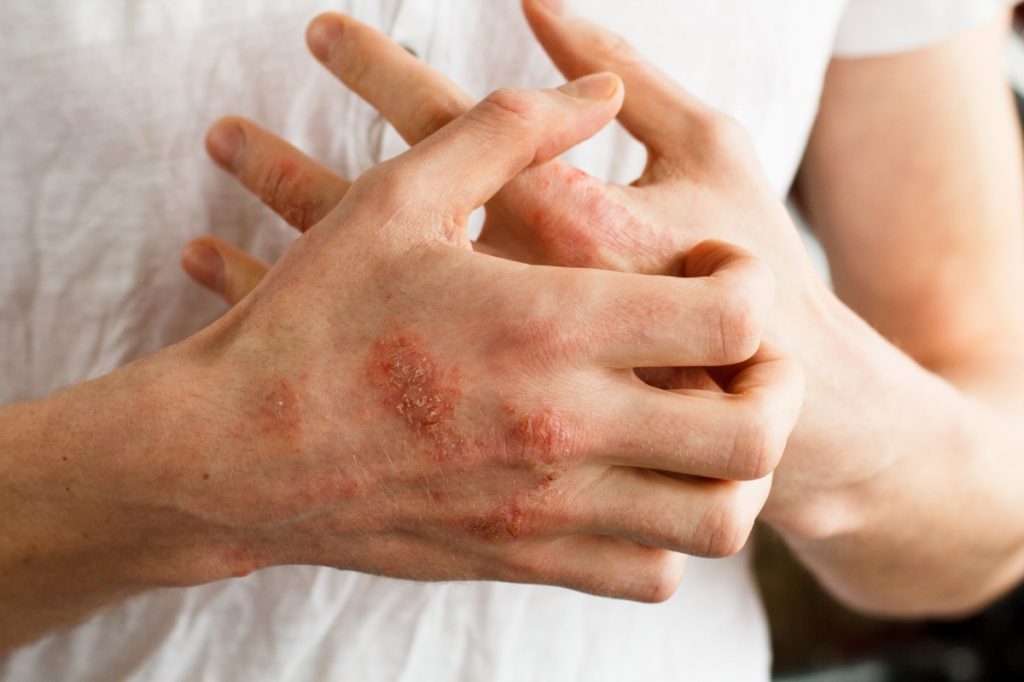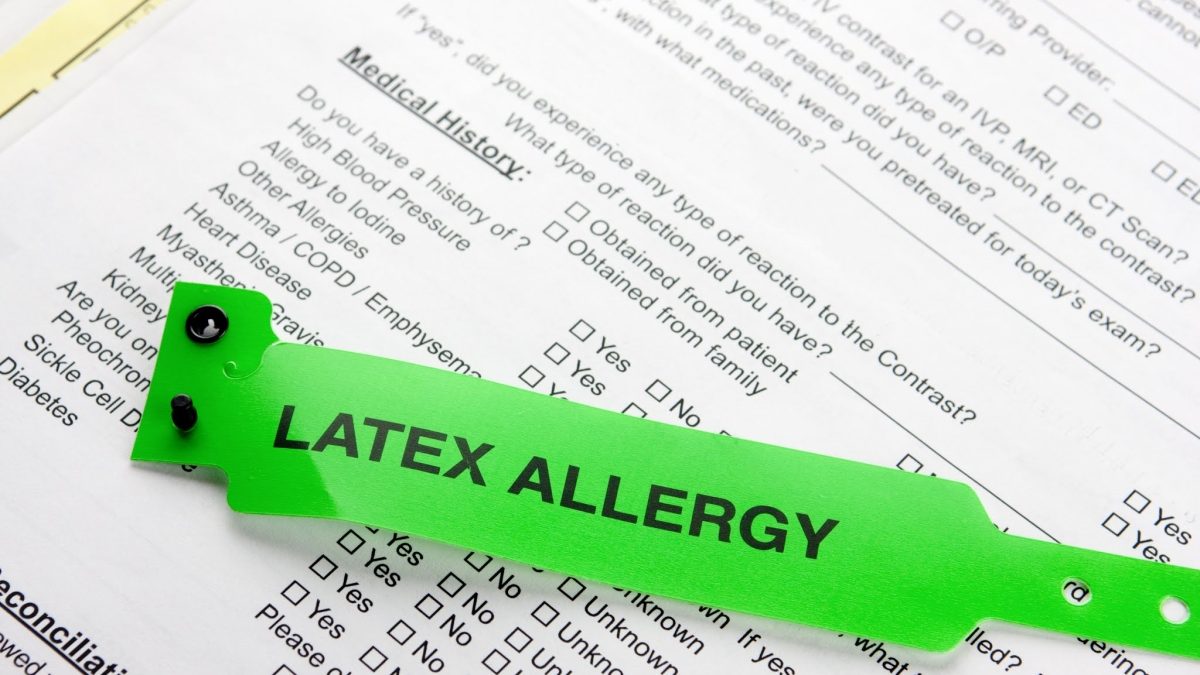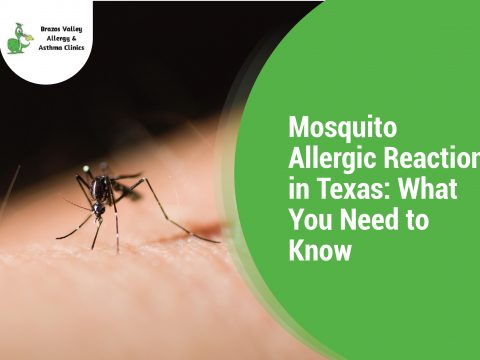- 979-485-9287
- office@bvallergy.com
-
 979-251-7804
979-251-7804
Latex Allergy

Anaphylaxis Allergy
May 1, 2019
Drug Allergy
May 31, 2019Overview
Natural rubber latex, which comes from the sap of rubber trees, is used to make things such as gloves, balloons, condoms, tires, pacifiers, erasers, and toys. It is also a common component in many medical and dental supplies which include disposable gloves, dental dams, syringes, stethoscopes, and bandages. Natural rubber latex should not be confused with synthetic rubber which is made of chemicals found in latex house paints. These are not made with natural latex and do not trigger allergic reactions.
What is Latex Allergy?
Latex allergy is a reaction to certain proteins found in natural rubber latex. The immune system mistakes these proteins as something harmful and attacks it, triggering a reaction. People who have latex allergy may have different symptoms and in worst cases, even experiences anaphylaxis. It is a life-threatening situation that can cause severe difficulty in breathing can even cause death.
According to the Centers for Disease Control and Prevention, about 1-6 percent of people in the U.S. have a latex allergy. In addition, latex allergies are more common in people who are often exposed to natural rubber latex such as:
- Rubber industry workers
- Healthcare workers
- Catheter users
- Those who work in industries that produce or use latex often
- People who are exposed to medical equipment that uses latex
- Individuals with food allergies to bananas, avocados, kiwis, or chestnuts
Furthermore, according to the United States Department of Labor, 8-12 percent of healthcare workers are thought to have a latex allergy. This is the reason why latex allergy is a serious concern for employers and workers in the growing healthcare industry and in other sectors.
What is interesting about latex allergy is that around 30-80 percent of people with latex allergy may experience different levels of allergic reactions when they eat a certain food. These food has been classified into three categories: high, moderate, and low association to latex allergy.
- High level – avocado, banana, kiwi, chestnuts
- Moderate level – apple, carrot, celery, melons, papaya, tomato
- Low level – Cherry, coconut, mango, peanut, pineapple, wheat, walnut, shellfish, and many more
There are many foods that are not mentioned above but you can ask your allergist about it to learn more.
Causes of Latex Allergy
As mentioned earlier, our immune system identifies some proteins in latex as something harmful and dangerous. This triggers antibodies to fight it off, causing an allergic reaction. A range of allergy signs and symptoms will then start to manifest. It is important to note that the more times you are exposed to latex, the more strongly your immune system will likely respond.
Latex allergy can occur either through direct contact or inhalation. The most common cause of latex allergy involves touching products that contain natural rubber latex or having direct contact with latex-containing products. On the other hand, inhalation involves breathing in latex products when they become airborne, triggering an allergic reaction.

Latex Allergy Symptoms
When you’re allergic to latex, you will likely have symptoms after touching or inhaling products containing natural rubber latex. You can have a mild or severe reaction. Your reaction would depend on the amount of latex you’re exposed to. How to know if you’re allergic to latex? Here are the signs and symptoms you should look out for:
- Hives
- Itching or flushing
- Swelling
- Sneezing
- Runny nose
- Coughing
- Wheezing
- Shortness of breath
- Dizziness
- Nausea
- Scratchy throat
- Chest tightness
If any combination of these symptoms occurs, it could be a sign of anaphylaxis which needs immediate medical attention. Call your physician or allergist to get emergency treatment.
Latex Allergy Test
Should you want to know if you have a latex allergy, your allergist may recommend or order some tests. These tests can be:
- Standard patch test – It is a method used to determine whether a specific substance causes allergic inflammation on a person’s skin. The doctor’s supervision is highly needed when taking this test because in some cases, patients can have a strong reaction.
- Blood test – This is when blood is drawn from the patient and is tested for allergies. Blood tests are more costly compared to other allergy tests and the test results take longer to receive.
- Skin test – This is to determine if your skin reacts to the latex protein. Only an allergist or other doctor experienced in skin testing should perform this test.
Latex Allergy Treatment
Today, there is still no current latex allergy treatment available for people who are allergic to latex. However, it can be prevented. The best way to prevent an allergic reaction is to avoid products containing latex. Patients should identify and stay away from products that have latex in it. If you have a latex allergy, your allergist may prescribe an antihistamine for mild allergic reactions. He or she may also recommend to always bring with you epinephrine for severe reactions when exposed to latex.
If you think that you have a latex allergy, then you can visit Dr. Paul Jantzi. He is a board-certified allergy clinic in College Station. He will help you treat your allergies by providing professional services while trying to maintain affordability. Schedule a meeting with him and learn more.
More Frequently Asked Questions
What is in latex that causes allergy?
Answer: In some people, the protein in latex can cause allergic reaction that can range from mild to severe reaction.
How to know if you’re allergic to latex?
Answer: You would know if you’re allergic to latex if you have these signs and symptoms such as:
- diarrhea
- rapid heartbeat
- scaliness
- itchy, watery or puffy eyes
- difficulty breathing
- anxiety
How to treat latex allergy?
Answer: The best treatment for latex allergy is avoidance. Avoid products, devices that contain latex and foods that can cause allergic reaction. However, you can wear a medical alert identification or carry an epinephrine auto-injector for emergency treatment.
REFERENCES:
Medical News Today
Mayo Clinic
Centers for Disease Control and Prevention
Ackerman Cancer Center




